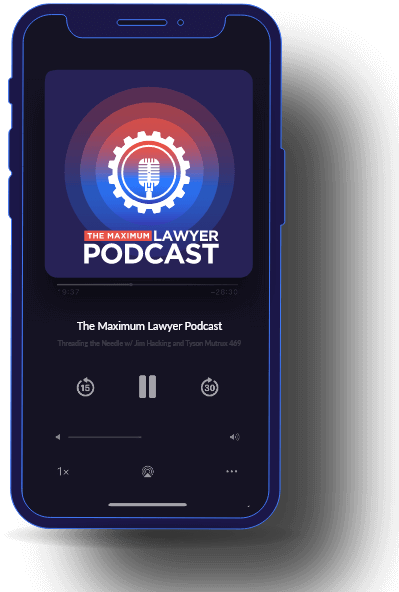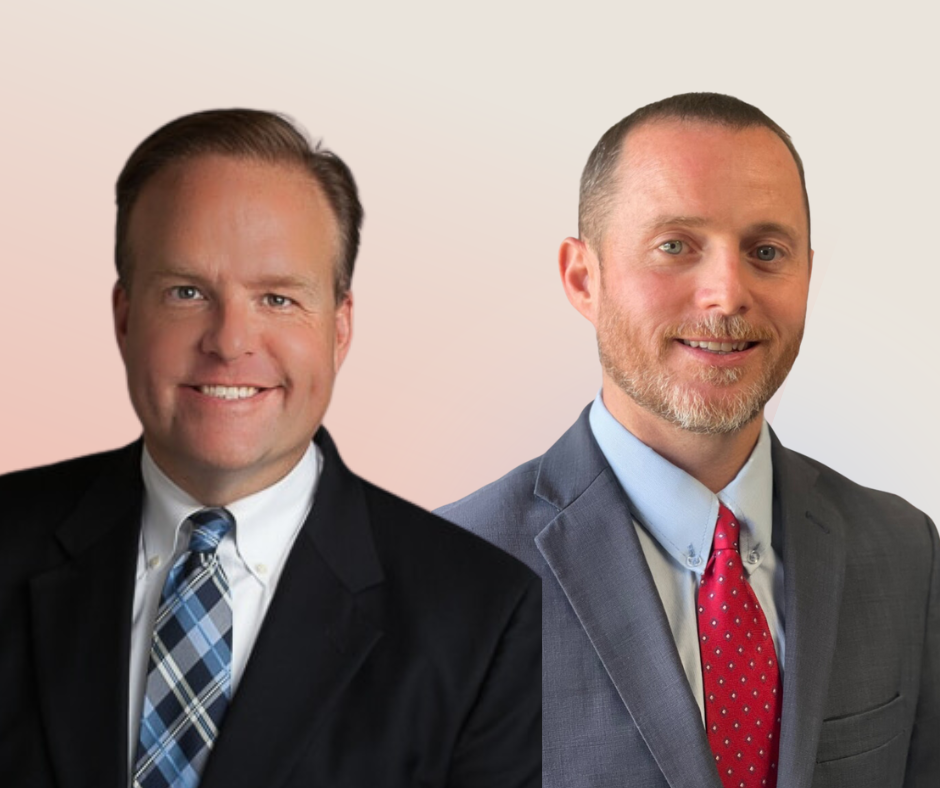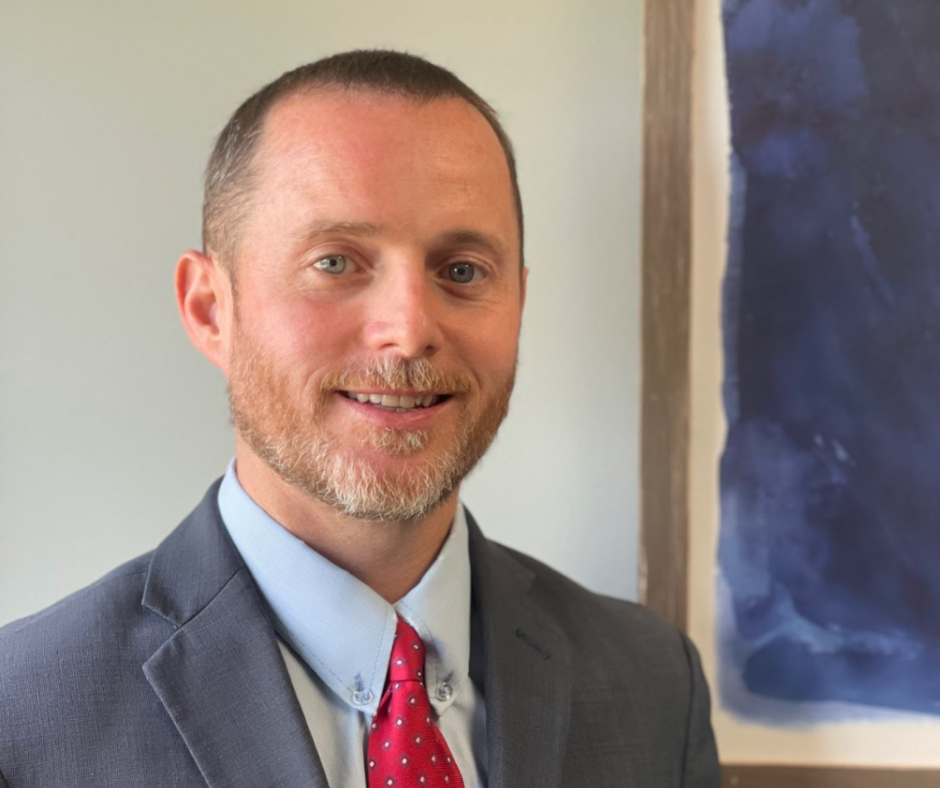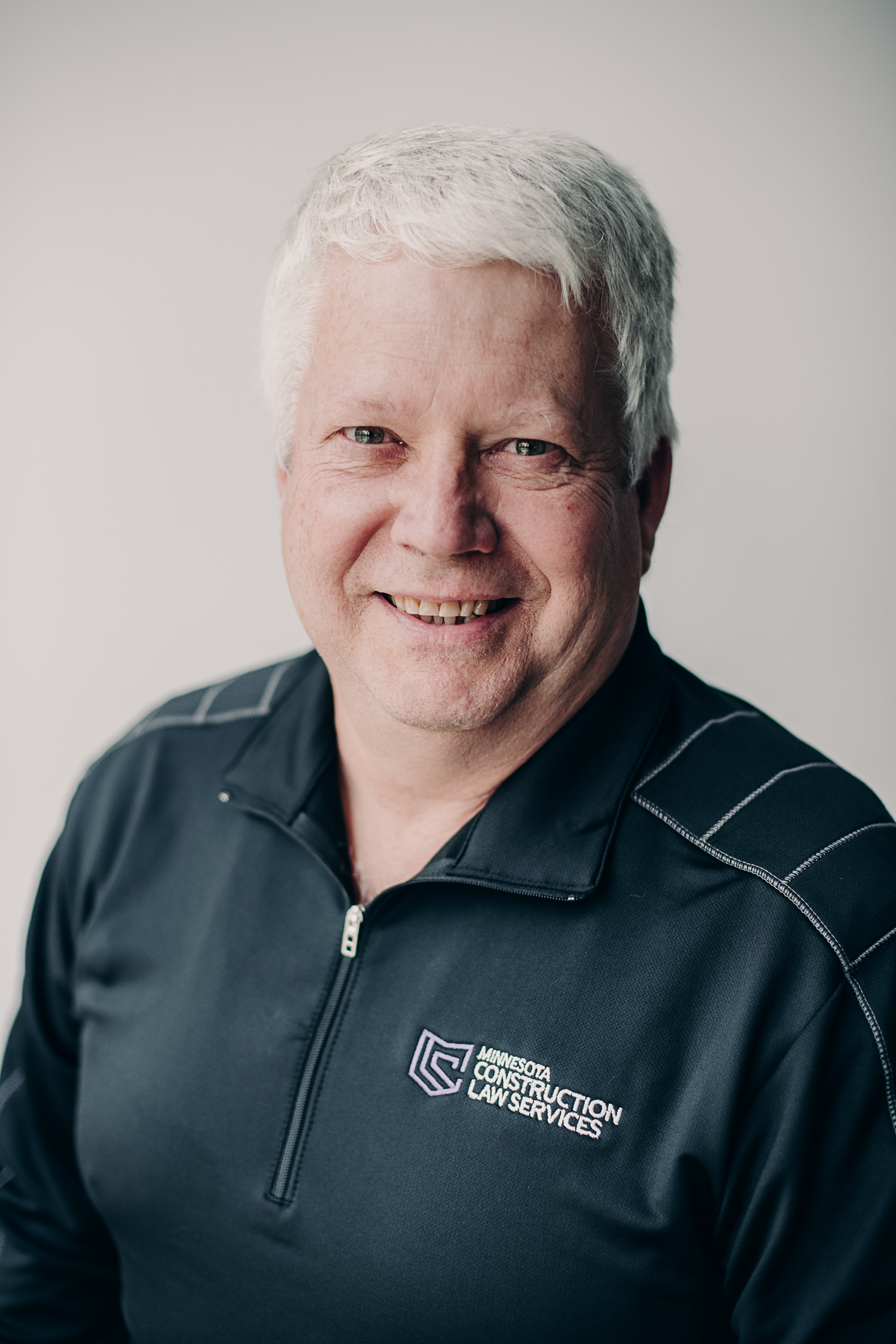Do you struggle with keeping realistic expectations? In this episode of the Maximum Lawyer Podcast, Tyson and Jim share their insights on unbridled optimism and how it relates to the field of law.
Today we're excited to share a presentation by Melanie Leonard from MaxLawCon 2021! Tune in to learn more about life-changing automation.
Melanie Leonard is an attorney, an entrepreneur, and one of the leading authorities on the use of legal practice management software. She graduated from Chicago-Kent College of Law in 2002 and began practicing at mid-sized firms. Disillusioned by their inefficiencies, Melanie left to start her own firm in 2006. And, over the next 12 years, she built a thriving real estate law practice.
An early adopter of Clio, Melanie became one of the first Clio Certified Consultants. She developed a passion for helping other firms achieve amazing results with their own use of practice management software. In 2018, Melanie sold her law practice to pursue her passion full time and streamlined.legal was born. In just two years, streamlined.legal has become one of the most sought-after consulting firms in the legal tech industry, having received Clio’s Partner Led Excellence Award in 2019 and 2020.
Melanie lives in the Chicagoland area but stays true to her roots as a native Texan. When not streamlining law firms, Melanie enjoys playing with her two adorable kids and riding her beloved Peloton.
2:02 robotic process automation
6:23 maybe this and maybe that
9:22 it might change it for the worst
12:04 decision fatigue
15:48 to top it off
Listen to the podcast here.
Watch the podcast here.
Join the Guild: www.maxlawguild.com
Guild Membership
Free Access to Stage 1 of Maximum Lawyer in Minimum Time
Sign Up Today!Customer Reviews
4.9 out of 5
Join Our Facebook Group
Enjoy Exclusive Access To Stage One Of The Maximum Lawyer In Minimum Time Course
Privacy Policy
This privacy policy has been compiled to better serve those who are concerned with how their ‘Personally Identifiable Information’ (PII) is being used online. PII, as described in US privacy law and information security, is information that can be used on its own or with other information to identify, contact, or locate a single person, or to identify an individual in context.
Please read our privacy policy carefully to get a clear understanding of how we collect, use, protect or otherwise handle your Personally Identifiable Information in accordance with our website.
What personal information do we collect from the people that visit our blog, website or app?
When ordering or registering on our site, as appropriate, you may be asked to enter your name, email address or other details to help you with your experience.
When do we collect information?
We collect information from you when you register on our site, place an order, subscribe to a newsletter, Use Live Chat, Open a Support Ticket or enter information on our site.
How do we use your information?
We may use the information we collect from you when you register, make a purchase, sign up for our newsletter, respond to a survey or marketing communication, surf the website, or use certain other site features in the following ways:
- To personalize your experience and to allow us to deliver the type of content and product offerings in which you are most interested.
- To improve our website in order to better serve you.
- To allow us to better service you in responding to your customer service requests.
- To quickly process your transactions.
- To send periodic emails regarding your order or other products and services.
- To follow up with them after correspondence (live chat, email or phone inquiries)




